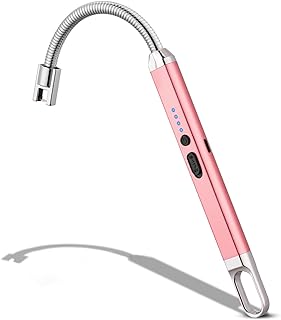Early Attempts:
* Ancient Times: While not lighters in the modern sense, civilizations like the Greeks and Romans used fire-starting tools like tinderboxes and flint and steel.
* 16th Century: The first known portable device for creating a flame involved a combination of flint and steel. A piece of flint would strike a steel wheel, producing sparks that ignited tinder.
The Birth of the Modern Lighter:
* 1823: Johann Wolfgang D?bereiner, a German chemist, created the D?bereiner's lamp. This device used hydrogen gas reacting with platinum to ignite a flame, but it was bulky and dangerous due to the use of hydrogen.
* 1826: The first true lighter was invented by a German chemist named Carl August von Steinheil. It utilized a "pyrophoric" alloy, which ignited when exposed to air, producing a spark.
The Evolution of Lighter Designs:
* 1890s: The use of a flammable liquid, like naphtha or kerosene, in a self-contained device became popular.
* 1903: The first "self-lighter," a device that automatically ignited the fuel, was patented by the French inventor Fran?ois Bic. This type of lighter became very popular in the early 20th century.
* 1910: The "Zippo" lighter, a design still famous today, was introduced by George G. Blaisdell.
* 1930s: The introduction of butane gas as a fuel source provided a safer and more efficient alternative to naphtha and kerosene.
The Modern Era:
* 1950s-1970s: Disposable lighters, made with plastic and using butane fuel, became very popular.
* 1970s: The development of lighter-fluid-filled flints made striking sparks easier and more consistent.
* Present Day: Lighters continue to evolve, with the introduction of windproof designs, refillable options, and various safety features.
Key Inventors:
* Johann Wolfgang D?bereiner
* Carl August von Steinheil
* Fran?ois Bic
* George G. Blaisdell
The invention of the lighter represents a significant evolution in fire-starting technology, making it more portable, accessible, and convenient for everyday use.


